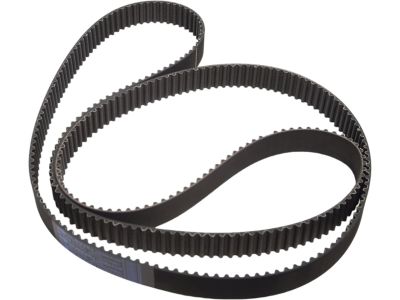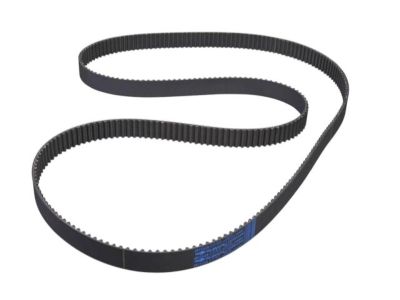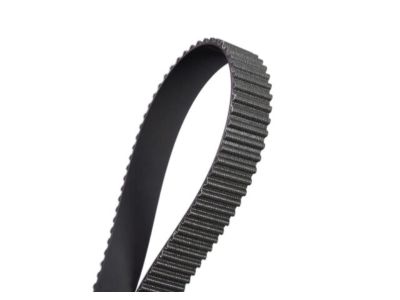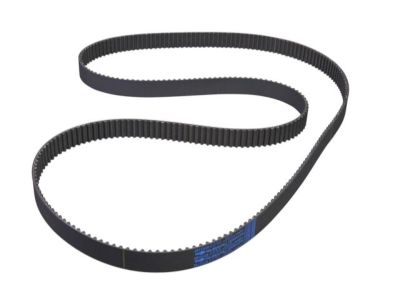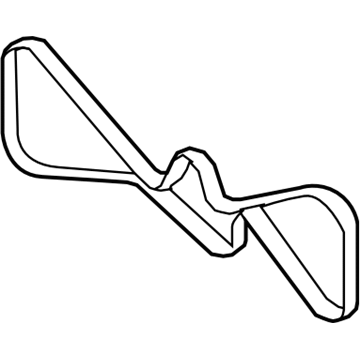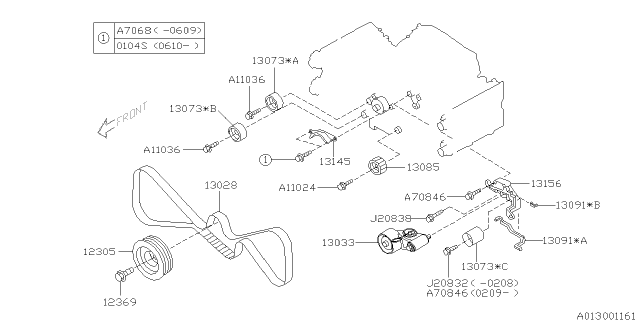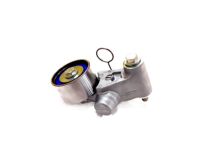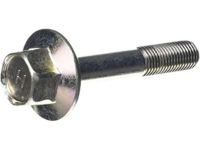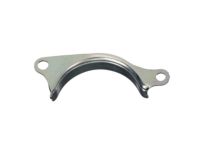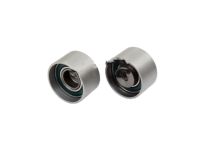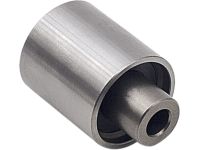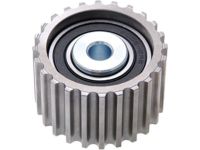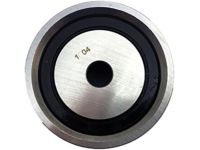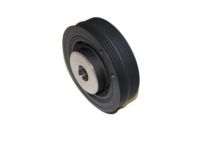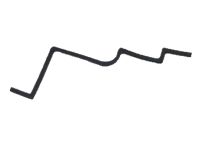The timing system is intricate and if the procedures are done erroneously the engine is badly affected, and so the activity should be handled by professionals; anyone with doubt should seek assistance from the experts. Start with the engine at TDC of cylinder number 1, then pull the negative cable, the driving belt, the air filter case, resonator, air intake duct readily noting that in the course of the work the air filter case may not be removed at all depending on the year of making and model of the vehicle. Split next, take off the aircon drive belt tensioner adjuster if present, the main drive belt tensioner, and the engine cooling fan or fans, plus the shroud. To remove the crankshaft pulley bolt, it is advisable to make use of a breaker bar together with a socket while use the chain wrench to hold the pulley from turning. The crankshaft pulley should be removed by hand; if it does not come off, small screwdriver must be inserted to remove the pulley evenly. For other engines, as those that are not turbocharged, then the outer belt covers must be removed together with the timing belt guide specific to manual transmission axle models, crankshaft and camshaft sprockets must be lined up with the notches on the oil pump; crankshaft and cylinder head seam. If any of these alignment marks became faint, paint the alignment marks with white paint and show the direction of belt rotation. Loosen the idler pulley number 1 to relieve tension on the timing belt, and idler sprocket number 2 to allow space of the timing belt, then take off the timing belt. Do not revolve the camshaft sprockets with the timing belt off to eliminate valve interference onto the crowns of the pistons. When only that timing belt is is to be changed, go to inspection and installation; otherwise, move on to the removal of the crankshaft pulley sprocket with the timing belt tensioner. For the turbocharged models, the same procedures must be followed, but during the process camshaft sprockets have to be locked not to touch the valves. When inspecting, the surface texture and amplitude of fluctuation of both the tensioner and the idler pulleys should also be checked to ensure that they are smooth and do not have much lash, respectively besides checking for debris or defective components. If a timing belt's alignment is now worn or damaged in any way then it must be replaced, and any problem areas which caused the belt to fail must be repaired. To install the timing belt, first turn the crankshaft at least two times manually with the starter before start to install the tensioner bracket, seals, inner timing belt cover mounts, camshaft and crankshaft sprockets and should have aligned timing marks. Replace idler sprocket number 2, also removing the tensioner and the timing belt and placing it back only when correct reference marks are observed. Last, replace the timing belt covers and crankshaft pulley and the task of removing the hundred bolts is done in a sequence that is reverse to the sequence used in this process.
Posted by SubaruPartsDeal Specialist 

